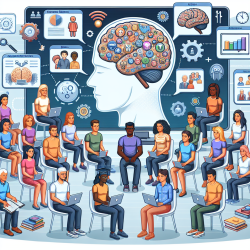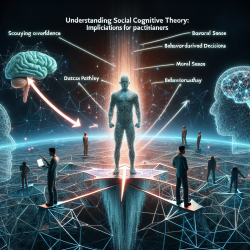Introduction
Dyslexia, a common learning disorder affecting reading abilities, has been a subject of extensive research over the years. A pivotal study titled "The Neurological Basis of Developmental Dyslexia and Related Disorders: A Reappraisal of the Temporal Hypothesis, Twenty Years on" offers new insights into the neurological underpinnings of dyslexia, emphasizing the role of temporal processing and brain connectivity.
The Temporal Hypothesis
The temporal hypothesis suggests that dyslexia may stem from a deficit in temporal processing, which affects the brain's ability to synchronize with the timing of external stimuli. This theory posits that difficulties in processing rapid sequences of sounds could lead to challenges in phonological processing, a key component of reading.
Brain Connectivity and Dyslexia
Recent advancements in neuroimaging have highlighted the role of brain connectivity in dyslexia. Studies indicate that dyslexic individuals often exhibit disrupted connectivity between brain regions responsible for language and reading. This disconnectivity may contribute to the challenges faced by individuals with dyslexia in integrating visual and auditory information.
Implications for Practitioners
For practitioners working with children with dyslexia, understanding the temporal and connectivity aspects of the disorder can inform intervention strategies. Here are some practical applications:
- Rhythmic and Musical Training: Incorporating rhythmic exercises and musical training can enhance temporal processing skills, potentially improving reading fluency and phonological awareness.
- Cross-Modal Connectivity: Activities that promote the integration of visual and auditory information, such as multi-sensory reading programs, can help strengthen brain connectivity.
- Personalized Interventions: Tailoring interventions to address specific connectivity patterns observed in individual children can lead to more effective outcomes.
Encouraging Further Research
The findings from the temporal hypothesis and connectivity research open new avenues for exploration. Practitioners are encouraged to stay informed about the latest research developments and consider participating in studies that aim to refine intervention techniques for dyslexia.
To read the original research paper, please follow this link: The Neurological Basis of Developmental Dyslexia and Related Disorders: A Reappraisal of the Temporal Hypothesis, Twenty Years on.










